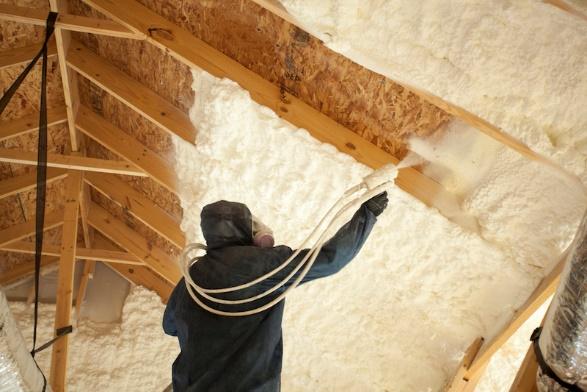Rodent droppings are a nuisance and can be dangerous to your health. If you have rats, mice or squirrels living in your attic, you need to take immediate action and contact Carrier Insulation. Not only do rodents leave behind droppings that smell bad and attract pests like flies, they also leave urine which can cause mold growth. If the urine penetrates the wood in your home’s framing, it will cause structural damage as well as potential health risks from inhaling toxic fungus spores.
In addition to being unsightly and smelly and attracting more pests into your home, rodent feces are also a food source for some species of insects such as termites which can further threaten the structural integrity of your home by attacking weakened timber during infestations
Inspect the attic before removing droppings.
Before you start removing rat droppings and nests, inspect the attic to confirm that there are actually rodents present. Use a flashlight to look for:
- Droppings—small brown spheres that may be found in clusters on walls, floors, insulation and ceilings.
- Nests—ragged masses of shredded paper or cloth that may contain pellets and hairs from nesting material such as cotton or foam rubber.
- Gnawed wood—freshly chewed areas on floorboards or rafters where mice have burrowed under them to create nests.
Keep your attic free of rodent droppings
- Keep it clean and dry. Rodents love an attic that’s dim, warm, and wet. If your attic has any of those qualities, you’ll need to make some changes ASAP.
- Keep the temperature warm.
- Keep it cool in summertime—and dark when possible!
Vacuum as many droppings as possible.
Once you’ve removed as many rodent droppings as possible, it’s time to vacuum the attic. Although not a foolproof method, vacuuming is an effective way of removing any remaining rodent droppings that may not have been visible before. Use a HEPA vacuum with a long hose and attachments so you can reach all areas of your attic, including corners and crevices.
Disinfect the attic floor.
You’ll need to clean up the droppings and disinfect the area. Use bleach or a disinfectant, such as Lysol, to get rid of the smelly residue. Don’t use a vacuum cleaner or broom, since these methods only move things around and make more work for you later on. Instead, dustpan the droppings into sealed plastic bags so you can throw them out with your regular trash.
Remove all nesting materials.
Remove all nesting materials, such as insulation, cloth, paper and cardboard. Use a vacuum to remove any loose debris. This will help to prevent rodents from re-entering your attic or home through the same hole.
Use bleach to disinfect an area of about 3 feet around the droppings, then allow it to air dry for at least 30 minutes before cleaning up any remaining droppings on the floor of the attic with a disinfectant spray designed for use in attics.
Replace your insulation.
- Check the insulation for damage.
- If it’s torn or damaged, remove and replace it.
- Replace your attic insulation every 10 years, according to NAHB.
Conclusion
A rodent control specialist can help you get rid of rodents and clean up the mess they left behind. If you have rodents in your attic, call a professional today.
Read more on Googdesk.com

